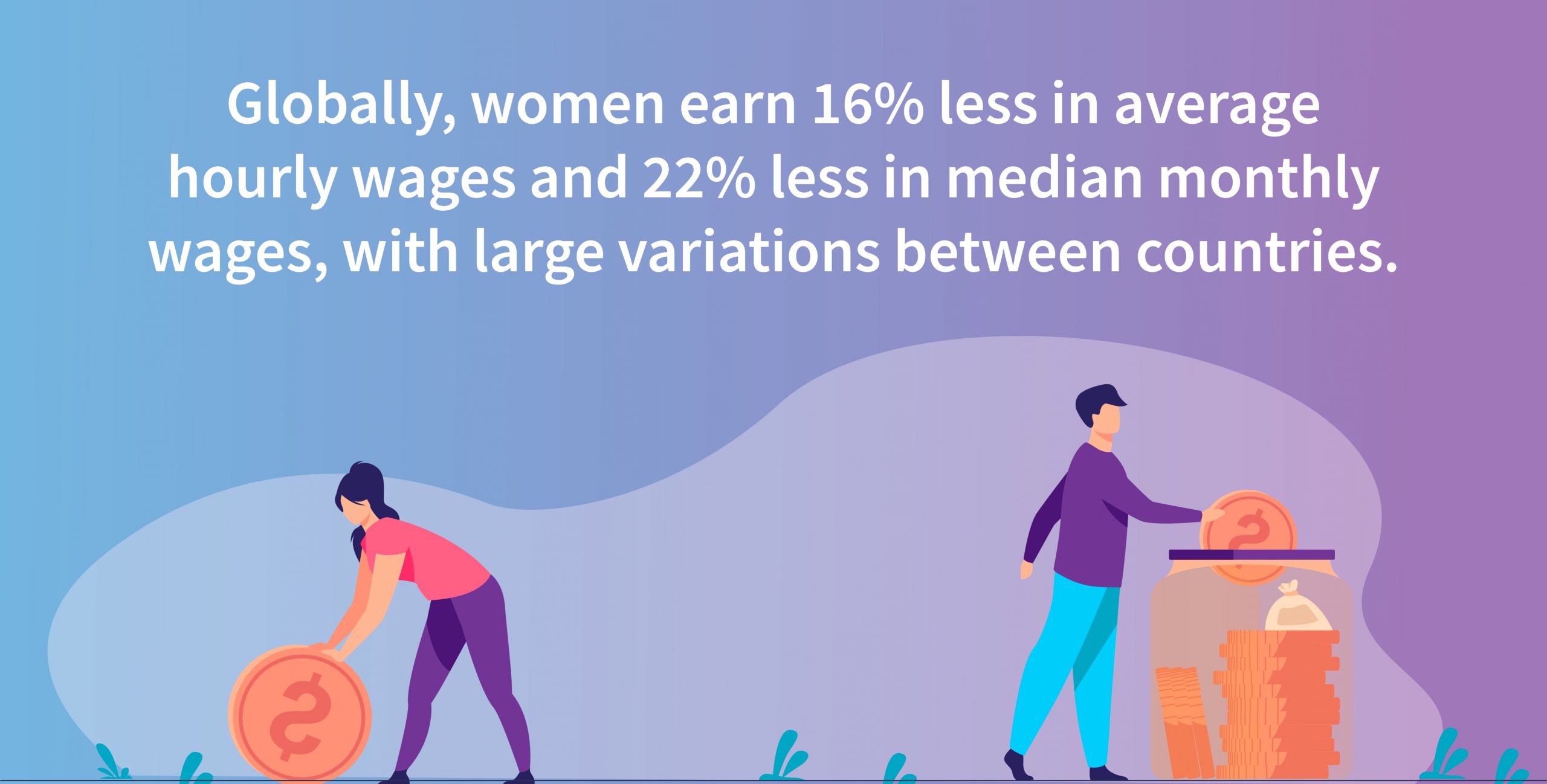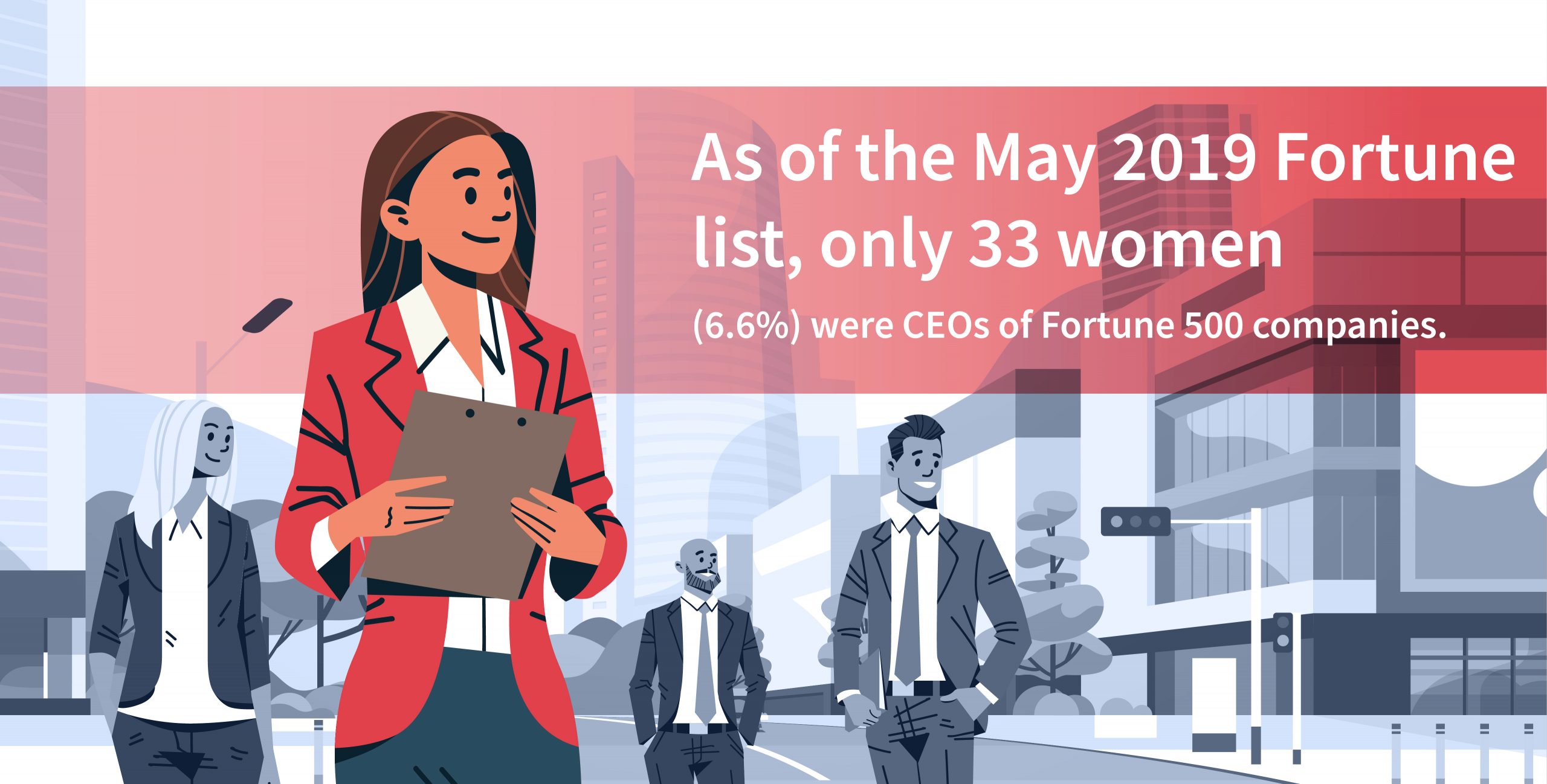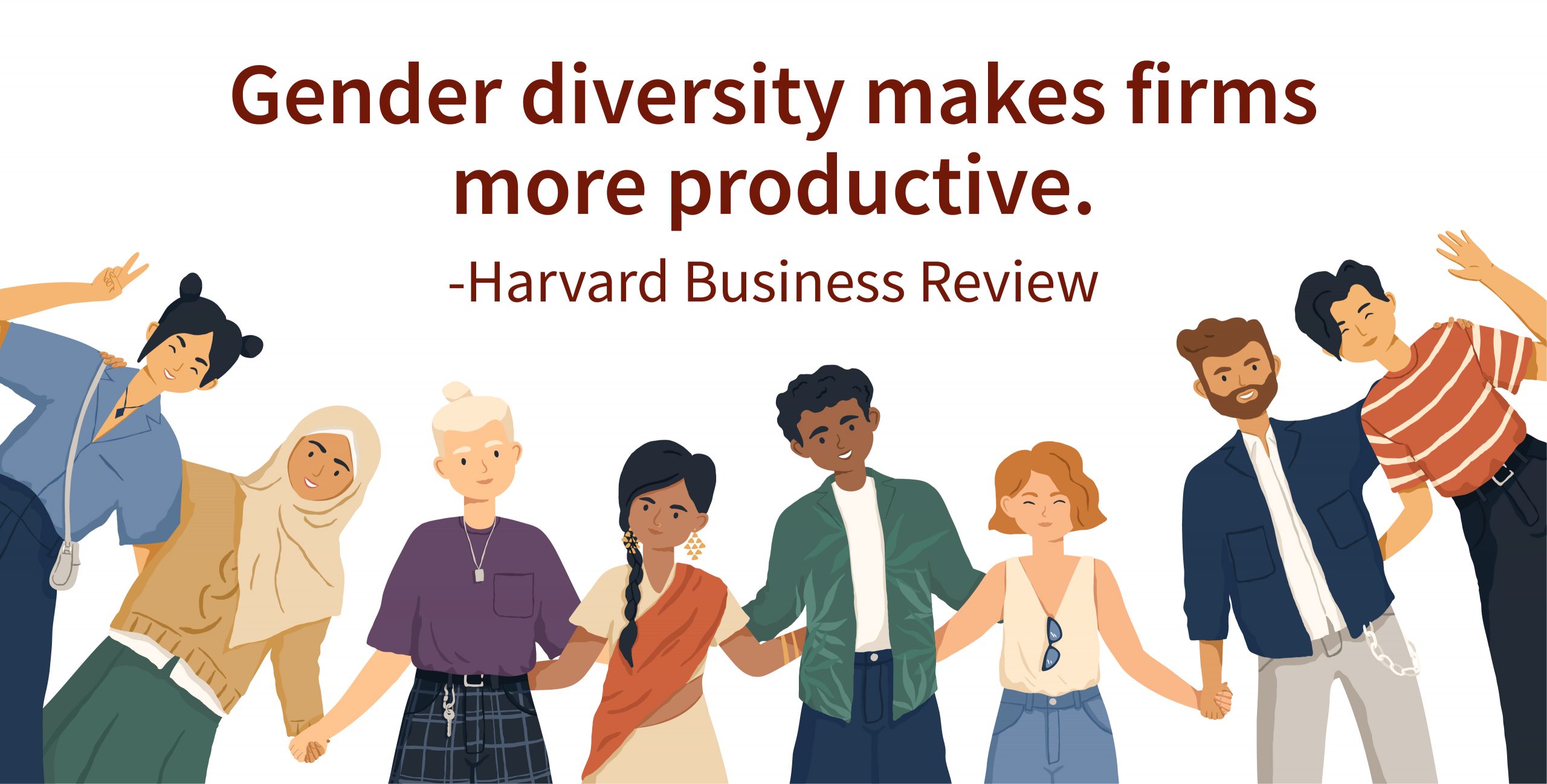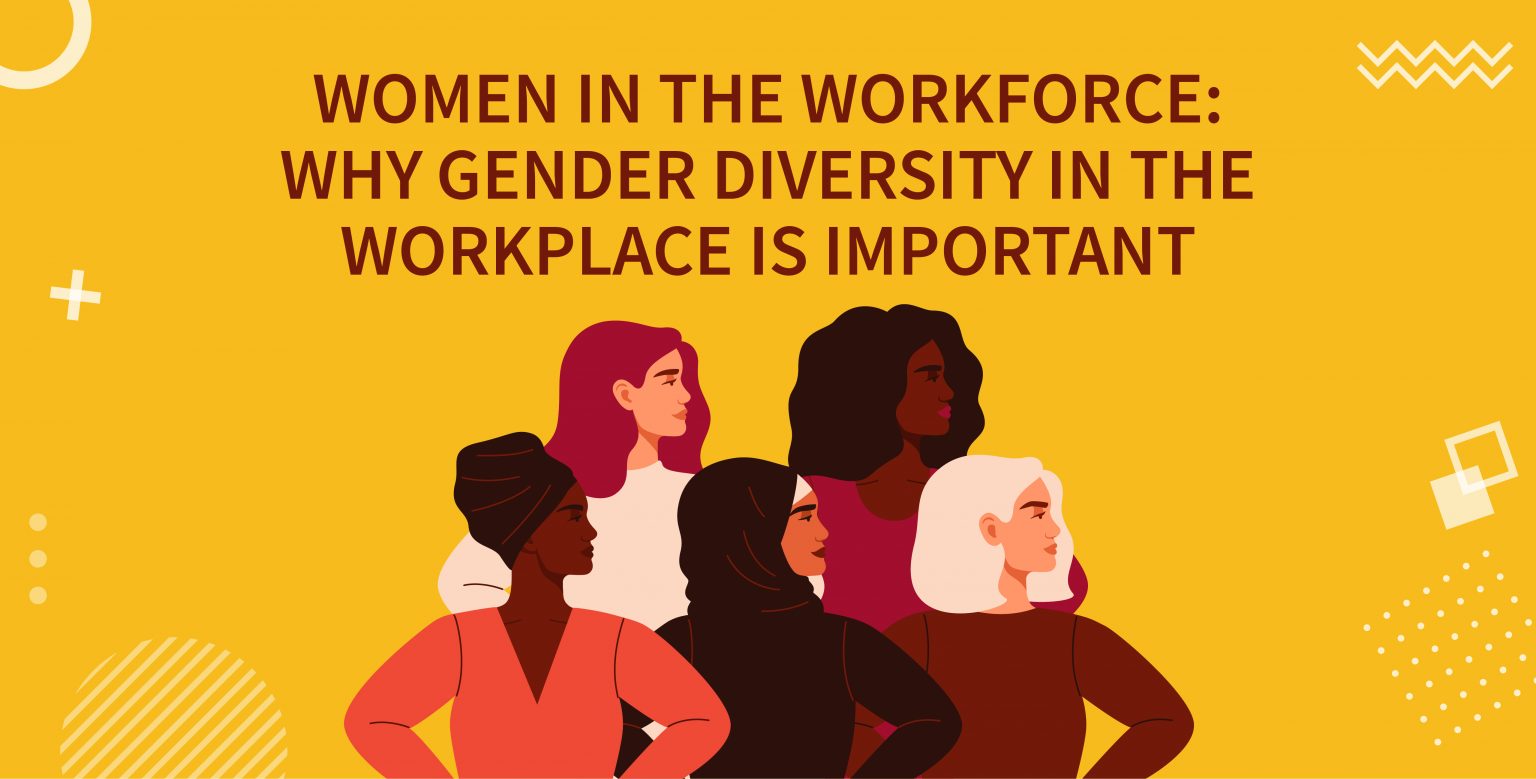Let me ask you an old brain teaser. If you haven’t heard it before, take some time to answer before moving onto the next paragraph.
“A father and son get into a horrible car crash and are rushed to the hospital. The father dies, and the son is badly injured so he is taken to the hospital for emergency surgery. The distinguished surgeon takes one look at the boy and says, “I can’t operate – that boy is my son!”
How is this possible?
40-75% of people can’t solve this riddle because they cannot figure out that the surgeon is the boy’s mother. This brain teaser allows the acknowledgment of unconscious bias in regards to gender roles. These unconscious biases creep in whenever we see someone different than ourselves. And they further reinforce our basest stereotypes, such as associating men with work and women with family.

A Harvard social psychologist Mahzarin R. Banaji pioneered the study of unconscious bias. She argued that hiring managers failed to promote “gender blindness” and embrace the guiding HR philosophy of the ’80s and ‘90s because even when they believe they’re treating people fairly, they aren’t. Their unconscious biases have been preventing them from fostering gender diversity in the workplace.
While unconscious biases seem minute, they have a compounding effect. A computer simulation of a company was created by number of scientists at Rice University. The simulation featured an entry-level workforce evenly divided between men and women. Each worker was assigned a random performance score, but one that was programmed with a minuscule, 1% bias against women. Guess what does this lead to? By the time you reach the top level of the organizational hierarchy, it is 65% male.
Breaking the Glass Ceiling: Insights into Gender Diversity in the Workplace
More and more companies are recognizing the importance of gender diversity in the workplace and the substantial benefits they can benefit from it. However, they still have a long way to go when it comes to gender parity. Women still remain largely underrepresented when compared to the numbers they represent in the population. This can be attributed to the glass ceiling that exists in the corporate world.
This lack of diversity is quite visible in Silicon Valley. The U.S. Census Bureau reveals that women make up more than 50% of the US population. Yet according to LinkedIn’s data analysis, women make up less than 29% of tech industry professionals and hold only 20% of tech leadership positions. In the era of global diversity awareness, it’s crucial to address these gender disparities and work toward more equitable and inclusive workplaces.

Moreover, the latest Women in the Workplace report by Lean In and McKinsey & Co. indicates that women — especially mothers, senior-level women and Black women — have faced enormous challenges due to the spread of COVID-19 pandemic. Unfortunately, the coronavirus has pushed one in four American women to consider downshifting their careers or leaving the workforce. All these statistics speak of the challenges of building gender diversity in the workplace.
Benefits of Gender Diversity in the Workplace
Beside the moral imperative, why exactly should leaders cultivate gender diversity in the workplace? Here are just a few reasons why gender diversity is good for business:
-
Increased productivity
A research by Harvard Business School proves that gender diversity leads to stronger business outcomes. In a survey of 1,069 leading firms across 35 countries and 24 industries, it was found that a gender-diverse workforce relates to more productive companies.
-
Different perspectives
When you have both men and women in your team, you can look at things from different viewpoints and approaches. These myriads of perspectives spur creativity and innovation, and encourage organizations to grasp new opportunities.
-
Deeper insights into your customers
With a gender-diverse workforce, you are more likely to better reflect on your customers. As women are hugely influential when it comes to making purchasing decisions, they can communicate effectively with them.
-
Greater profitability
Studies show that gender diversity in the workplace has a positive impact on the bottom line. According to McKinsey, the most gender-diverse companies are 21% more like to experience above-average financial performance.
Formulating a Gender Diversity Recruitment Strategy with Gamification
A gender diversity recruitment strategy that incorporates gamification ensures that candidates are hired on the basis of merit regardless of their gender. Gamified assessments allow recruiters to make unbiased decisions, so organizations don’t lag behind their competitors.
